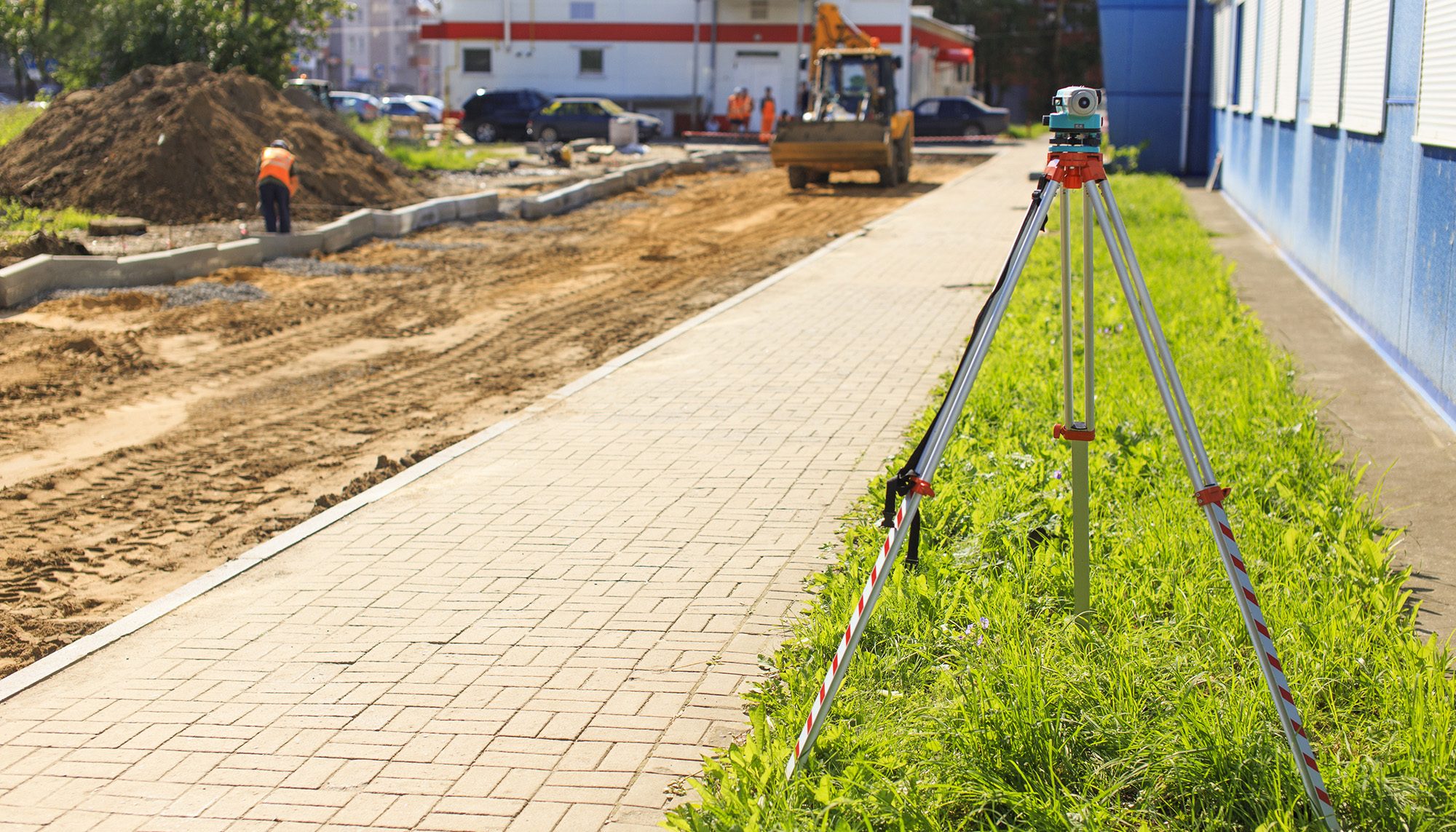Elevating Standards: How to Craft Influential Building Surveys
In the ever-evolving landscape of architecture and construction, property assessments play a crucial role in verifying that structures meet regulatory requirements, functionality, and design appeal. As the demand for innovative and sustainable designs increases, the need for thorough building surveys becomes even more important. A properly conducted survey not only identifies existing issues but also provides information that can shape future developments.
Developing effective building surveys requires a considerate approach that integrates advanced technology with a comprehensive understanding of building regulations and client expectations. The goal is to create a surveying process that not only satisfies legal requirements but also showcases opportunities for refinement and boosts overall building performance. By raising the bar in survey design, professionals can deliver practical insights that facilitate enhanced decision-making in the building sector.
Grasping Structure Surveys
Structural surveys are a detailed analysis of a structure's state, typically carried out by licensed inspectors. These surveys seek to offer in-depth information into the structural integrity aspects, safety features, and total integrity of a building. Such surveys function as essential for homeowners, purchasers, and developers who wish to comprehend likely problems and necessary fixes, enabling informed choices about real estate administration or purchase.
There exist multiple forms of building surveys, all fulfilling specific objectives. A complete property assessment provides an thorough evaluation, featuring a comprehensive inspection of structural features, while a buyer’s assessment may be somewhat summarized, concentrating on apparent issues that could influence the property's value. Commercial property surveys assess individual compliance with safety standards and suitability for proposed purposes, designed to business investors and business customers.
Comprehending the importance of building assessments helps in identifying their role in the property market. By revealing existing deficiencies and likely future issues, these assessments can prevent expensive unexpected events down the line. Moreover, they contribute substantially to the negotiation process by delivering proof that can affect purchase values and financial decisions, ultimately enhancing the standard of real estate exchanges.
Key Elements of Successful Design
Efficient building surveys begin with a concise understanding of the project's aims. It is crucial to determine what information needs to be gathered and the specific outcomes expected from the survey. This clarity allows survey designers to adapt their approach, guaranteeing that the right questions are inquired and the necessary details are captured. By defining these objectives from the outset, the survey becomes a focused tool that delivers meaningful insights about the building's condition, potential renovations, or compliance with regulations.
Another important element is the selection of appropriate methodologies and technologies. With advancements in surveying tools, such as 3D laser scanning and drone surveys, it is necessary to choose methods that improve accuracy and efficiency. The use of these technologies can greatly improve data collection processes, offering a comprehensive view of the building while minimizing human error. Additionally, aligning the chosen methods with the needs of the stakeholders ensures that the survey results are practical and applicable.
Lastly, a straightforward presentation of survey findings is key for effective design. Clear visualizations, such as charts and images, combined with brief reports, enable better understanding among stakeholders. It is essential to present data in an systematic manner that highlights key findings and recommendations. By emphasizing clarity and accessibility, building surveys become essential resources that inform decision-making and drive project success.

Best Practices for Implementation
In order to make sure that building surveys result in meaningful and practical insights, it is important to create a definitive and structured process. Begin by specifying the goals of the survey, reflecting on what exact information is required and how it will affect the project aims. This focus will guide the complete survey process, from the identification of methodologies to the examination of data. Collaborate with stakeholders at the outset in the planning phase to align expectations and tackle any questions that may arise.
Another key aspect is the use of effective technology and tools. Leveraging advanced software for data gathering and analysis can considerably enhance the accuracy and performance of building surveys. Tools such as drones for aerial assessments and 3D modeling software for visual inspections can provide in-depth insights that traditional methods may miss. Investing in the appropriate training for surveyors to utilize these technologies effectively will also improve the quality of the data collected.
In conclusion, conducting comprehensive reviews and validations of the data is essential. Before finalizing the survey results, implement a robust quality control process to ensure that the findings are reliable and thorough. This may involve comparing data with existing records or conducting follow-up inspections. Hiring independent professionals for peer reviews can also add trustworthiness to the results. Thorough documentation of the survey process and findings will help in addressing any future inquiries and ensuring openness throughout the project lifecycle.